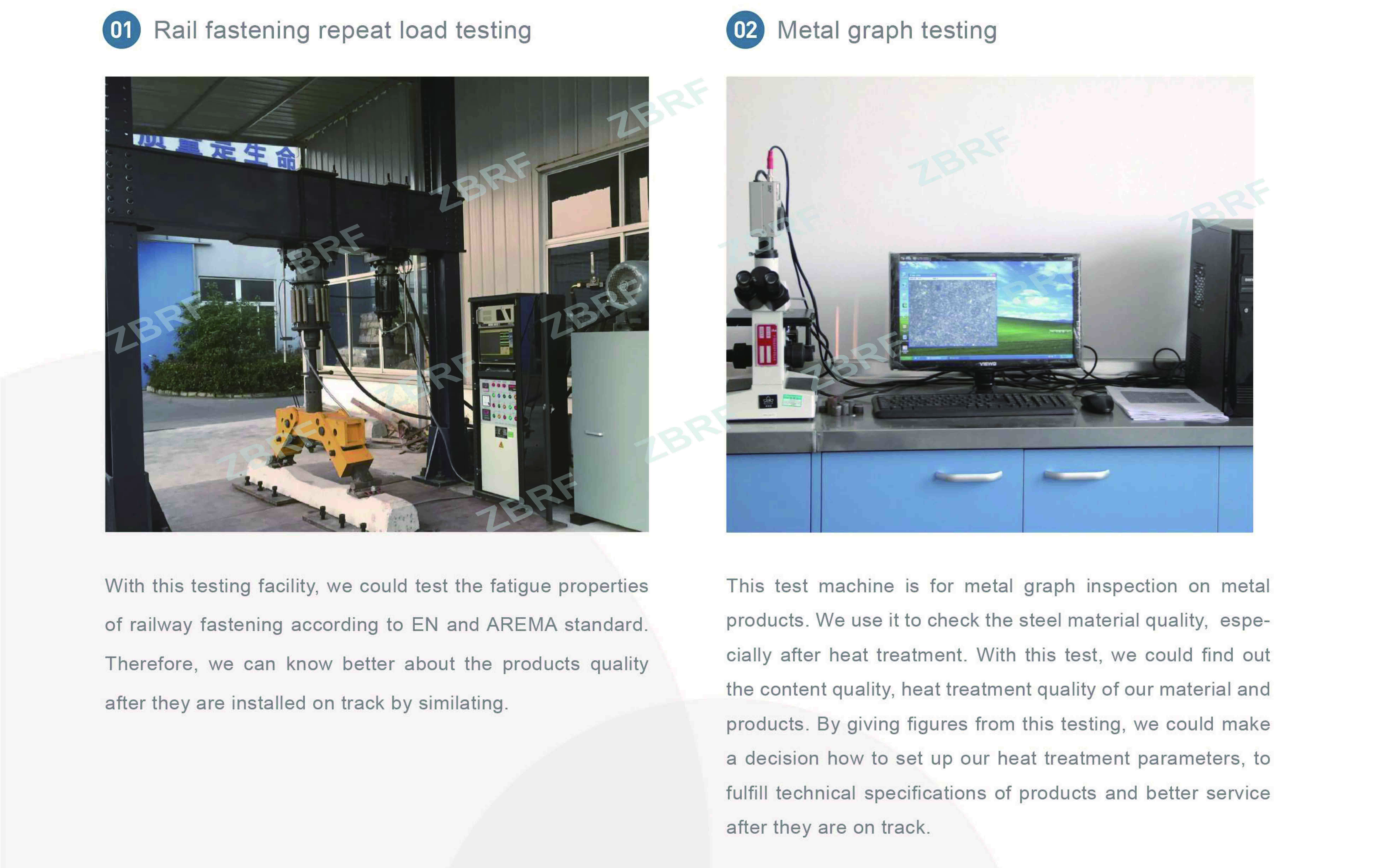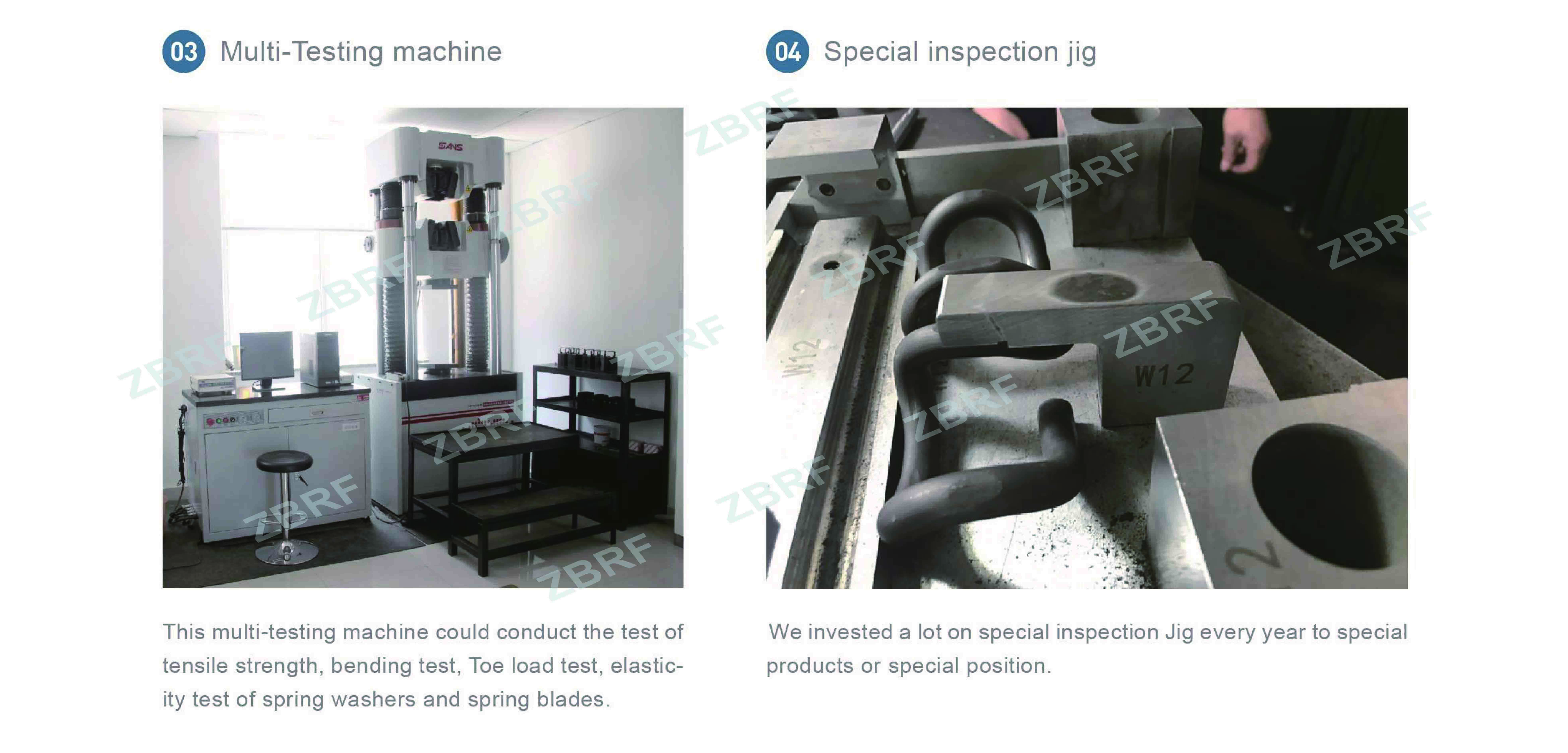Introduce the application of linear motors in high-speed and ultra-high-speed machining, ultra-precision machining and profiled section machining.
1 Introduction
With the rapid development of electronic technology, the emergence of high-speed multi-function or dedicated microprocessors and signal processors (such as DSP), the application of linear motors in the machine tool field has ushered in its climax. From 1996 Chicago Machine Tool Show IMTS`96, Japan's 18th International Machine Tool Show, to the 1999 International EMO Expo in Paris, a series of international influential exhibitions, Ingerell milling in the United States, Siemens in Germany ( IFNI), Japan's Sanjing Company, the United States' Kollmorgen Company and other internationally renowned companies have demonstrated the powerful charm of DC motors used in various types of machine tools, which indicates that a new era of linear motor development has arrived.
2 Applications in the field of machine tools
2.1 Application in high speed and ultra high speed precision machining
High-speed and ultra-high-speed machining developed to improve production efficiency and improve the quality of parts has become a major trend in machine tool development. A responsive, high-speed and lightweight drive system, the speed must be increased to 40-50m / min or more, acceleration and deceleration is also required to increase to 25-50m / s2, the traditional "rotary motor + roller screw" transmission form is obviously not This is determined by its own weaknesses, because the existence of the intermediate transmission link first reduces the stiffness, and the elastic deformation can make the order of the system higher, so that the robustness of the system is reduced and the servo performance is degraded. Elastic deformation is the root cause of mechanical resonance of CNC machine tools. Secondly, the existence of the intermediate transmission link increases the inertia of the moving body, making the displacement and speed response slower. In addition, such factors as gap dead zone, friction, error accumulation, etc., the highest feed speed that can be achieved by this conventional method is 30m/min, and the acceleration is only 3m/s2.
The direct drive of the DC motor has the advantage of making up for the traditional transmission mode, the speed is 30 times that of the roller screw pair; the acceleration is 10 times of the roller screw pair, the maximum is 10g, and the rigidity is improved. 7 times; in addition, the linear motor directly drives the table, so there is no reverse working dead zone; because the armature inertia is small, the linear servo system composed of it can achieve a higher frequency response (such as 100Hz).
Through the above comparison, the application of linear motors has broad prospects in high-speed and ultra-high-speed precision machining. At present, the main requirements for the large thrust feed components of the machine tool are AC linear motors. From the excitation mode, they can be divided into permanent magnet (synchronous) and induction (asynchronous). The permanent magnet type secondary (stator) is a permanent magnetic steel. When applied on a machine tool, a permanent magnetic steel is required to be placed on the bed of the machine tool, and a three-phase electric winding is reversely mounted on the lower part of the workbench to form a primary part of the linear motor. ). The inductive primary is the same as the permanent magnet, but the secondary is to replace the magnetic steel with a grid, which is equivalent to the "squirrel cage" of the inductive rotating electrical machine.
Permanent magnet linear motors are superior to inductive in terms of unit area thrust, power factor, controllability, etc., but they are more expensive, and are less inductive than installation and debugging. The X, Y and Z axes of the high-speed horizontal machining center HVM800 produced by Ingersoll Milling Machine Company of the United States adopt permanent magnet synchronous linear motor, the maximum feed speed is 76.2m/min, and the acceleration α=1~1.5g.
Inductive linear motors are getting closer to the level of permanent magnet motors, plus their own advantages, so they are becoming more and more popular. A typical example of the application is the XHC240 high-speed horizontal machining center developed by Ex-cell-o, Germany. The three feed axes are directly driven by Indramat's inductive linear motor, and the rapid moving speed is up to 60m/ Min, the maximum acceleration is 1g.
In the field of high-speed and ultra-high-speed machining, linear motors are widely used in high-speed milling machines, crankshaft lathes, super-precision lathes, grinding machines, laser lathes, etc., and now the more popular research is to apply it to high-speed parallel mechanisms, namely six The shaft and three-axis parallel structure machine tool controls the tool through the expansion and contraction of multiple sliding plungers to realize high-speed machining of complex profiles. The Zurich University of Technology has developed a six-slide machine with a new structure that applies linear drive technology to the efficient milling of the machine. In addition, Lapick of Russia and Ingersoll of the United States have conducted research and formed products in this area.
Main Rail Anchor Types
* 50E3 Rail Anchors
Reference project: SBB railroad network
Technical parameter:
Material: Alloy spring steel
Product properties: Hardness HB300-380
Longitudinal resistance>7KN to EN 13481-3
Coating: Plain
*85CP Rail Anchors
Reference project: Chile in 2018
Material: Alloy spring steel
Product properties: Hardness HB300-380
Coating: Plain
* 115RE Rail Anchors
Reference project: Chile in 2018
Material: 65Mn, 60si2Mn
Product properties: Hardness HB290-330
Tensile strength:980-1114N/mm2
Coating: Plain
* BS80A Rail Anchors
Reference project: Peru
Material: 65Mn,60Si2Mn,etc.
Product properties: Hardness HB290-330
Tensile strength:980-1114N/mm2
Coating: Plain
Testing facilities
* Special testing tools to test dimensions;
* Testing machines for testing the mechanical properties:


We have producted different kinds of Rail Anchor,Railway Anti Creeper for many years and delivered to customers in different areas around the world. We have plenty of experience and confidence to manufacture the products that you need. NO MATTER Standard parts, Customized parts...we can produce whatever you need !
Rail Anchor,Railroad Track Anchors,Rail Anchor For Railroad,Railway Anti Creeper
TAICANG ZHONGBO RAILWAY FASTENING CO., LTD. , https://www.railfastener.com
![<?echo $_SERVER['SERVER_NAME'];?>](/template/twentyseventeen/skin/images/header.jpg)